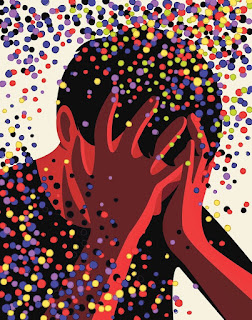Christina Frangou
The Guardian
Originally published 26 Sept 23
Here is an excerpt:
Fifty years ago, in a landmark report called The Sick Physician, the American Medical Association declared physician impairment by psychiatric disorders, alcoholism and drug use a widespread problem. Even then, physicians had rates of narcotic addiction 30 to 100 times higher than the general population, and about 100 doctors a year in the US died by suicide.
The report called for better support for physicians who were struggling with mental health or addictions. Too many doctors hid their ailments because they worried about losing their licenses or the respect of their communities, according to the medical association.
Following the publication, state medical societies in the US, the organizations that give physicians license to practice, created confidential programs to help sick and impaired doctors. Physician health programs have a dual purpose: they connect doctors to treatment, and they assess the physician to ensure that patients are safe in their care. If a doctor’s condition is considered a threat to patient safety, the program may recommend that a doctor immediately cease practice, or they may recommend that a physician undergo drug and alcohol monitoring for three to five years in order to maintain their license. The client must sign an agreement not to participate in patient care until their personal health is addressed.
In rare and extreme cases, the physician health program will report the doctor to the state medical board to revoke their license.
Here is my summary:
The article sheds light on a distressing phenomenon in the United States: an alarming increase in suicide rates among surgeons. It underscores the severity of this issue by featuring a courageous surgeon who has taken the initiative to address it openly. The article suggests that the mental health and well-being of surgeons are under significant strain, potentially due to the demanding nature of their profession, and it calls for greater awareness and support to tackle this growing crisis. The featured surgeon's decision to speak out serves as a poignant reminder of the urgent need to address the mental health challenges faced by medical professionals.
The article underscores the critical issue of high suicide rates among U.S. surgeons, with a particular focus on the brave act of a surgeon who has chosen to raise awareness about this problem. It highlights the pressing need for comprehensive mental health support within the medical community to address the unique stressors that surgeons encounter in their line of work.



















